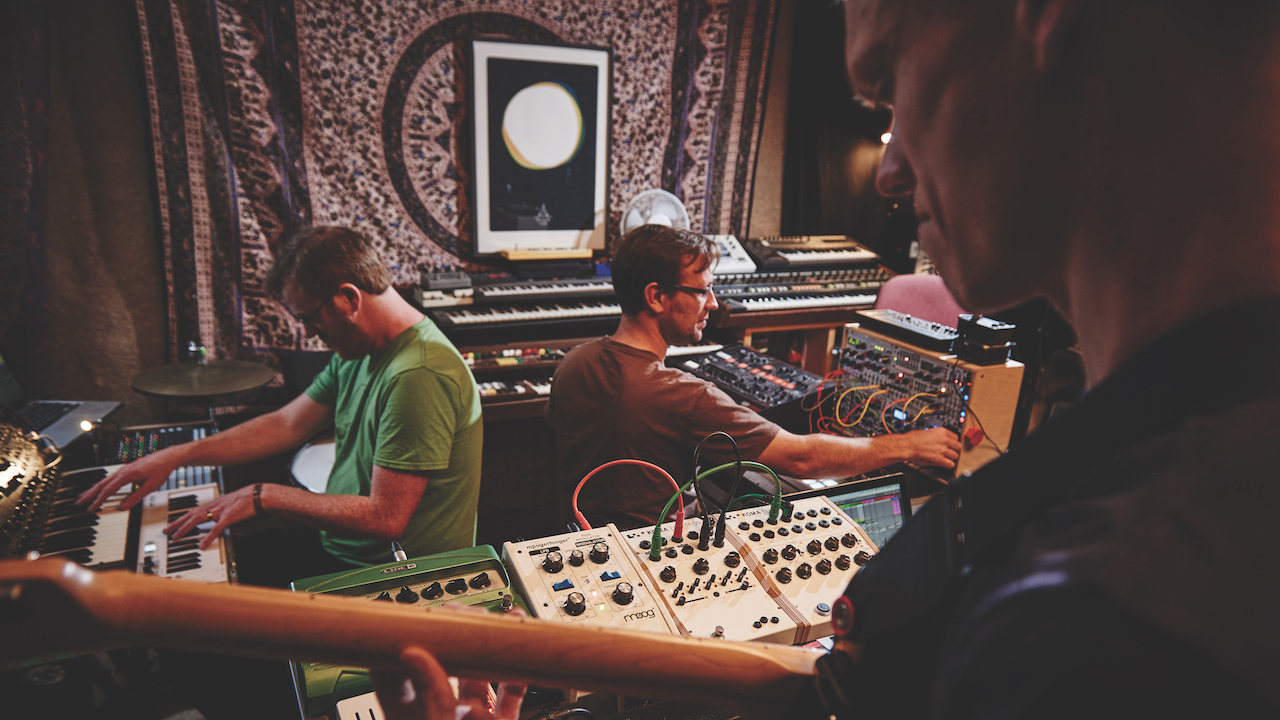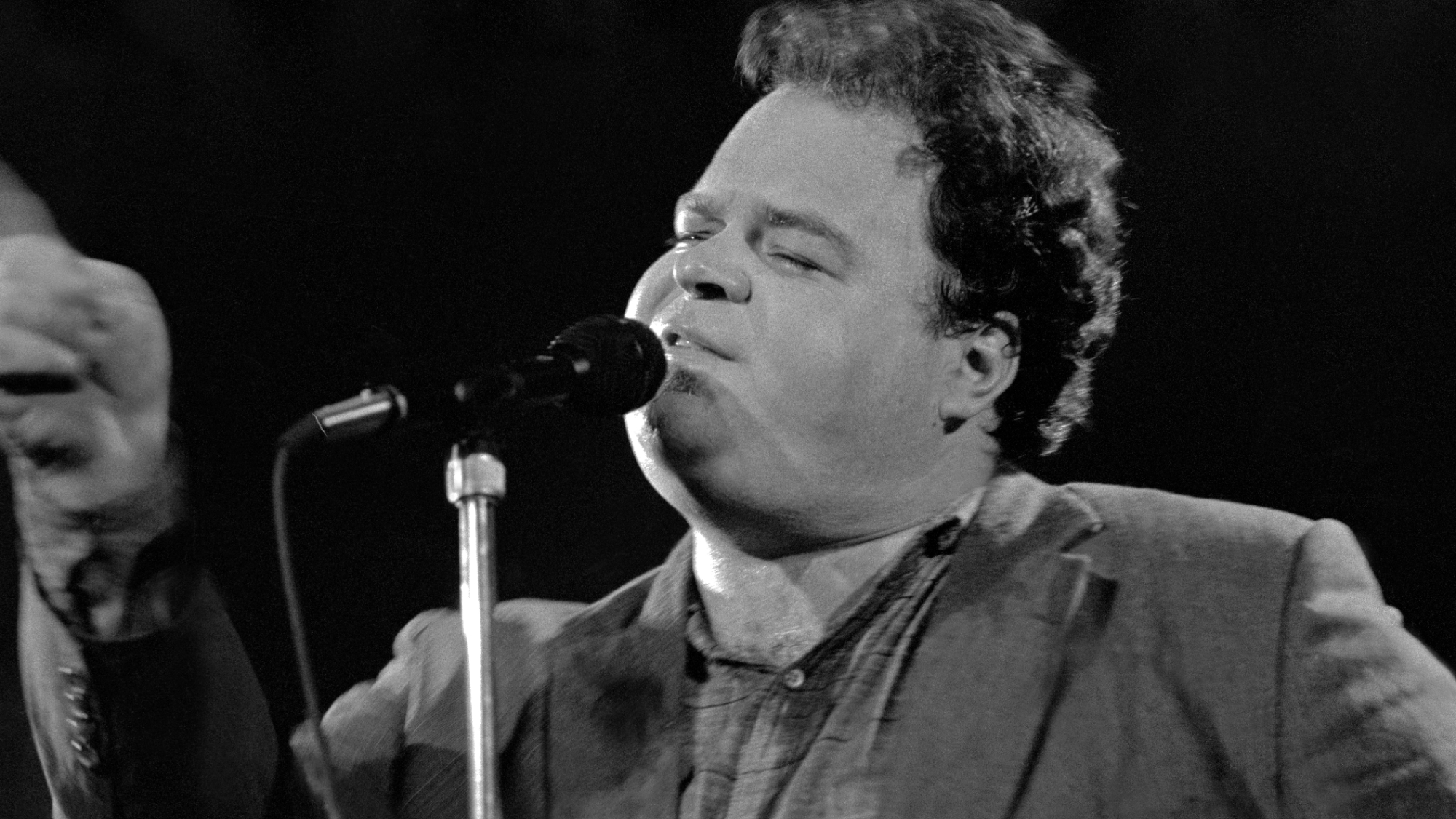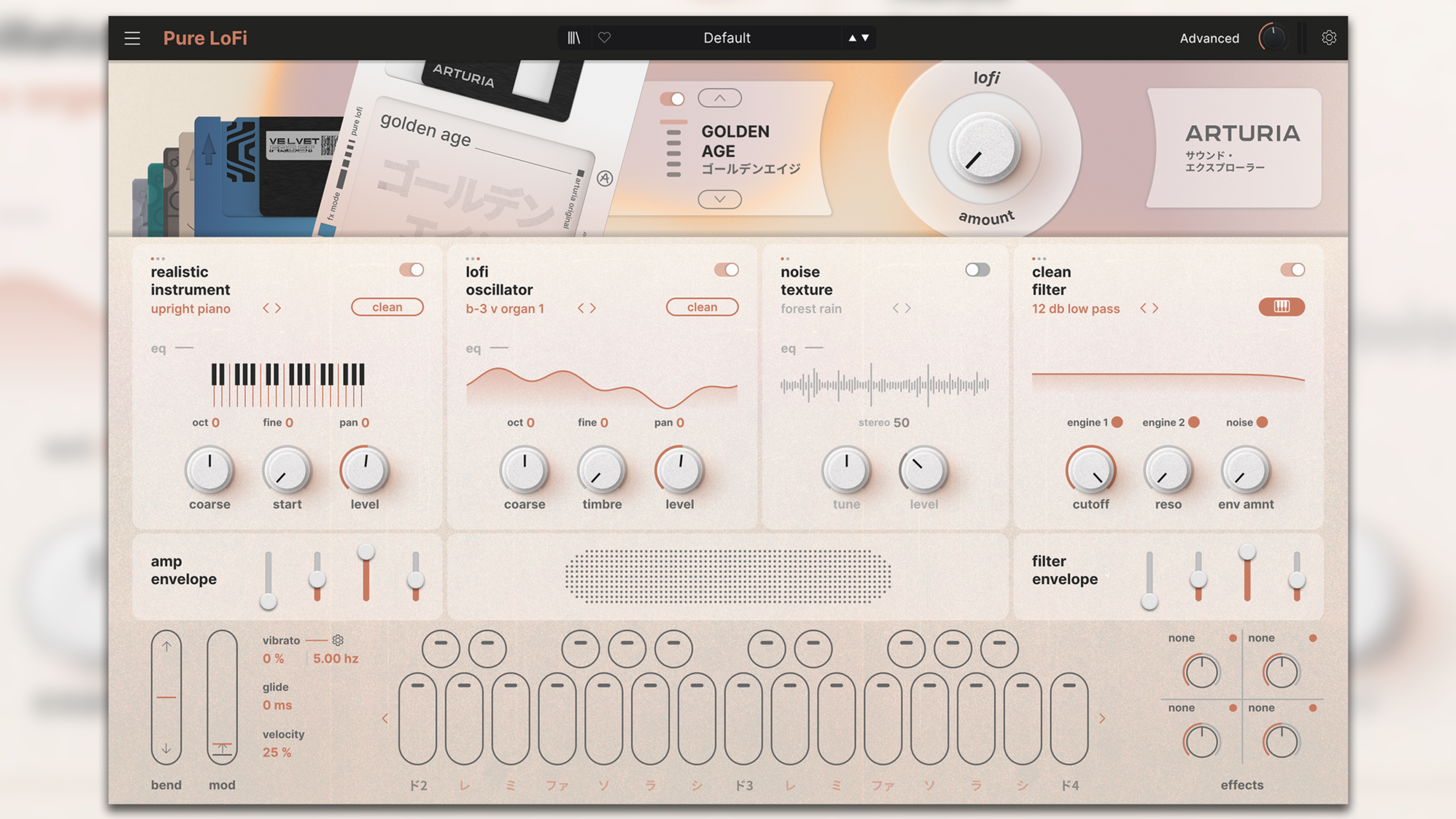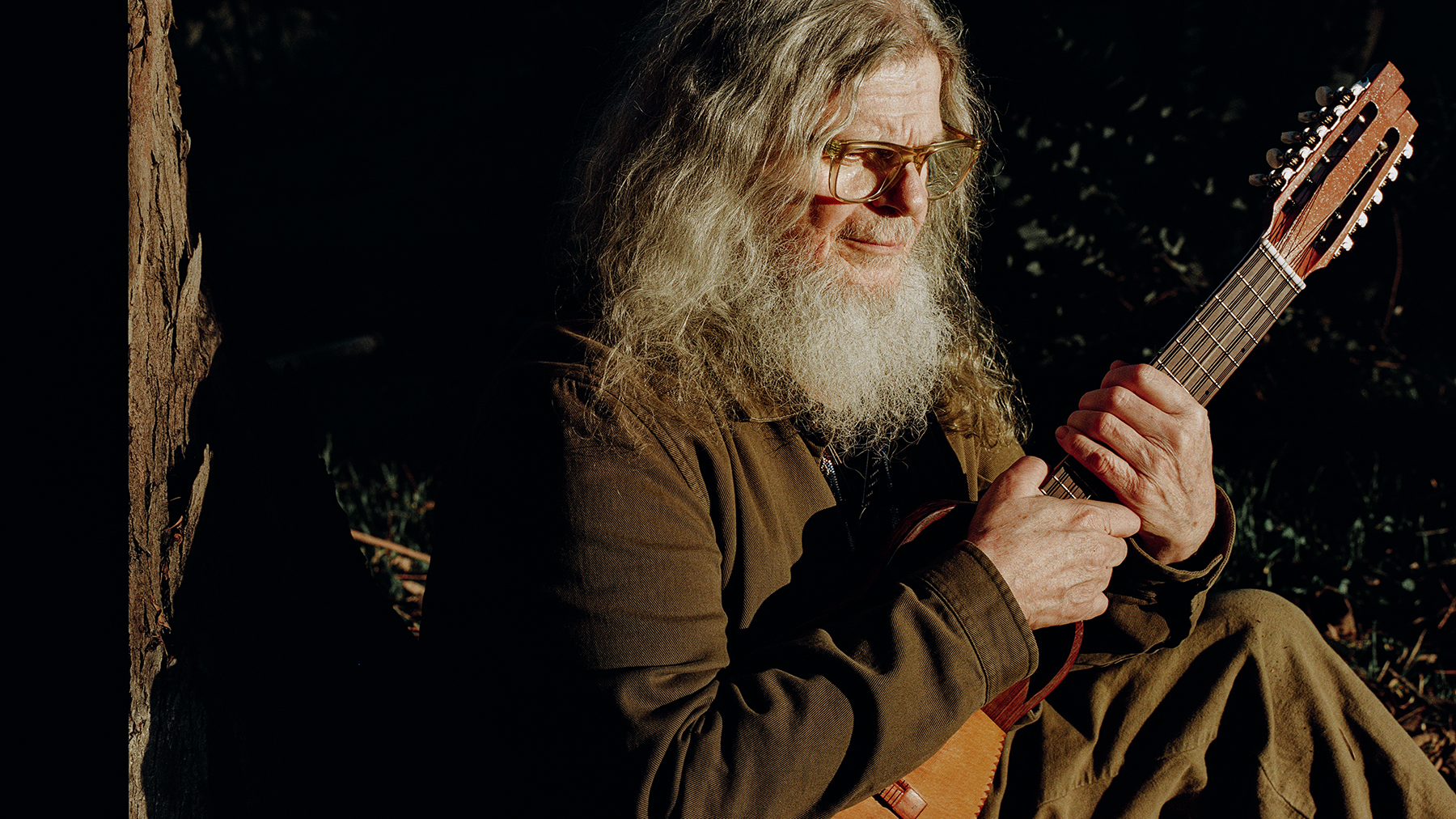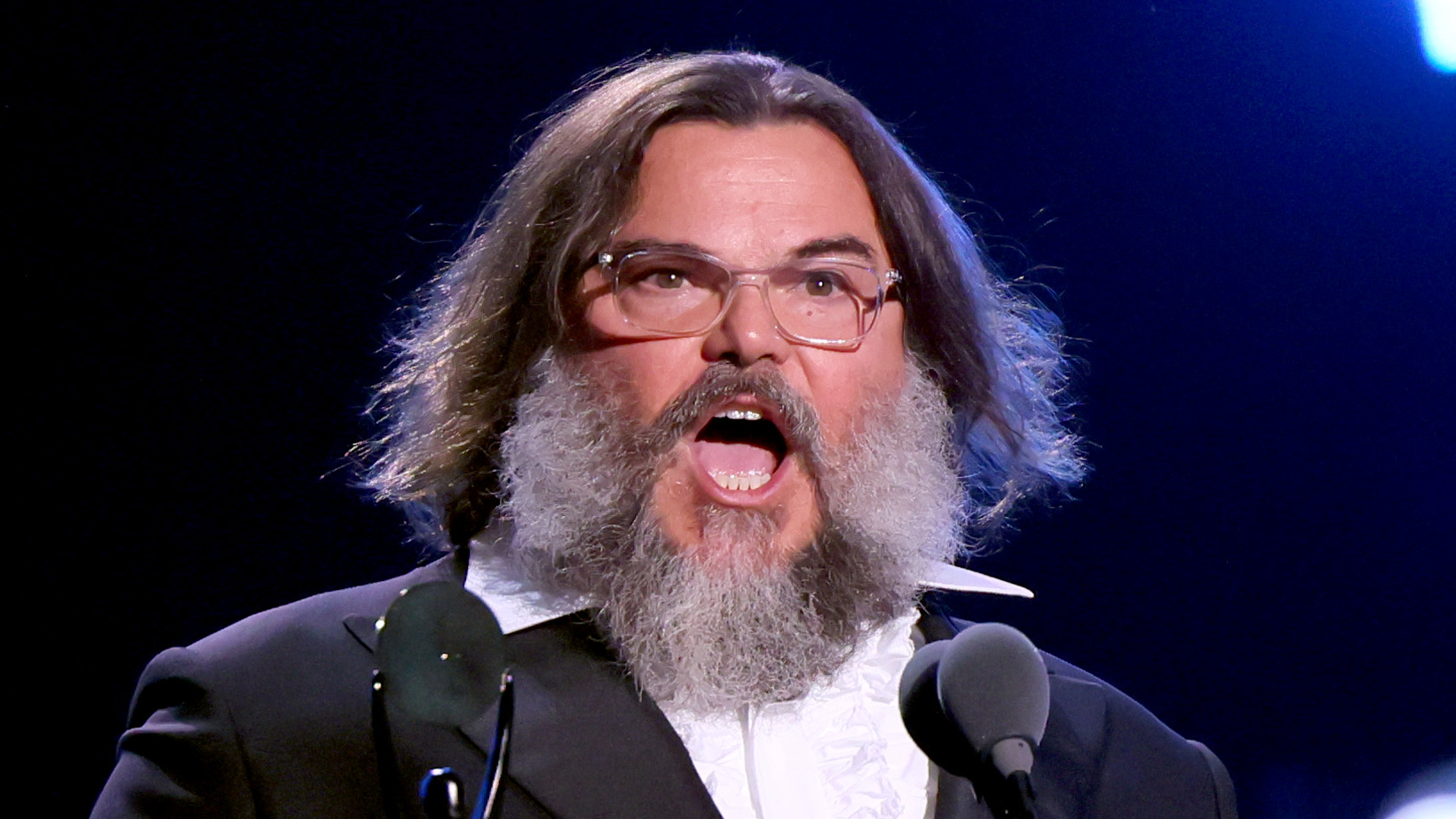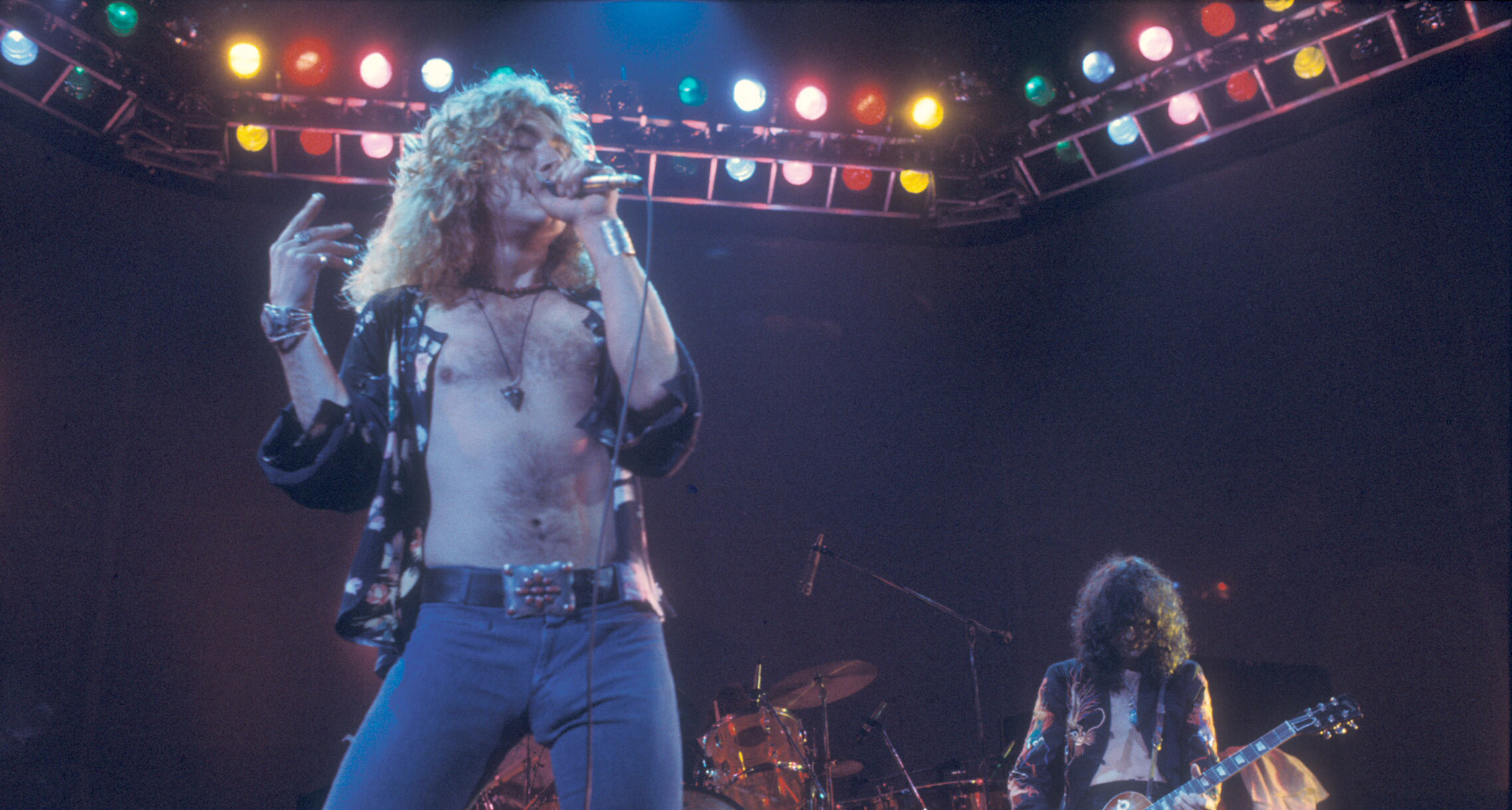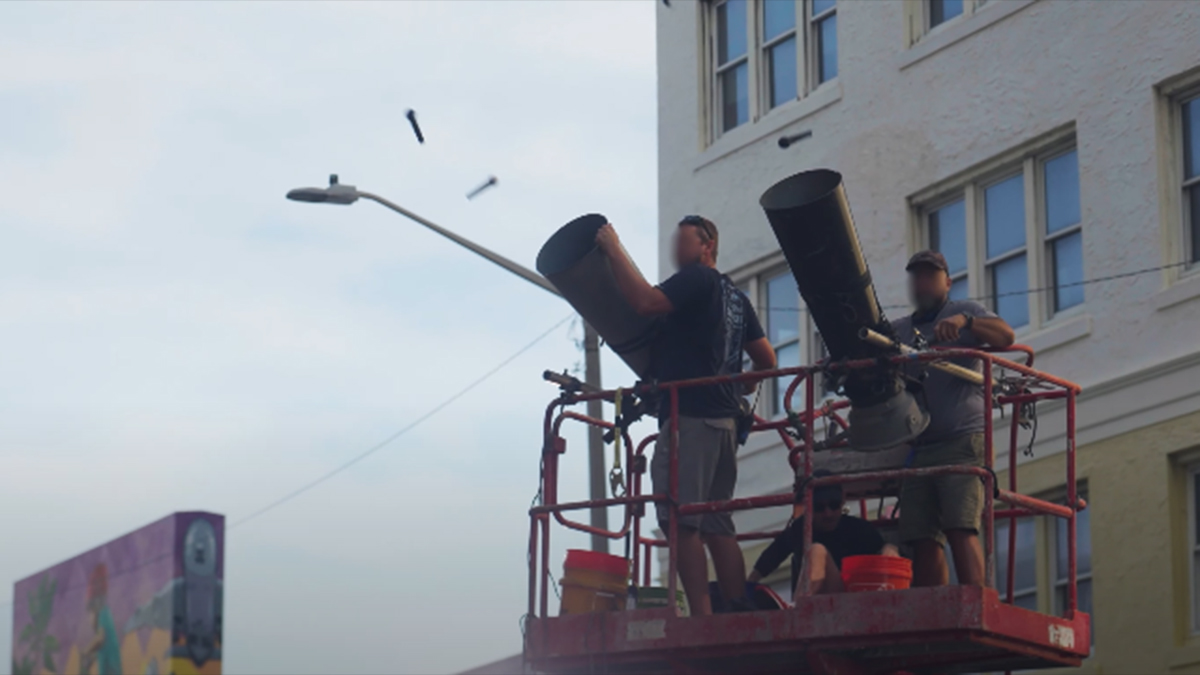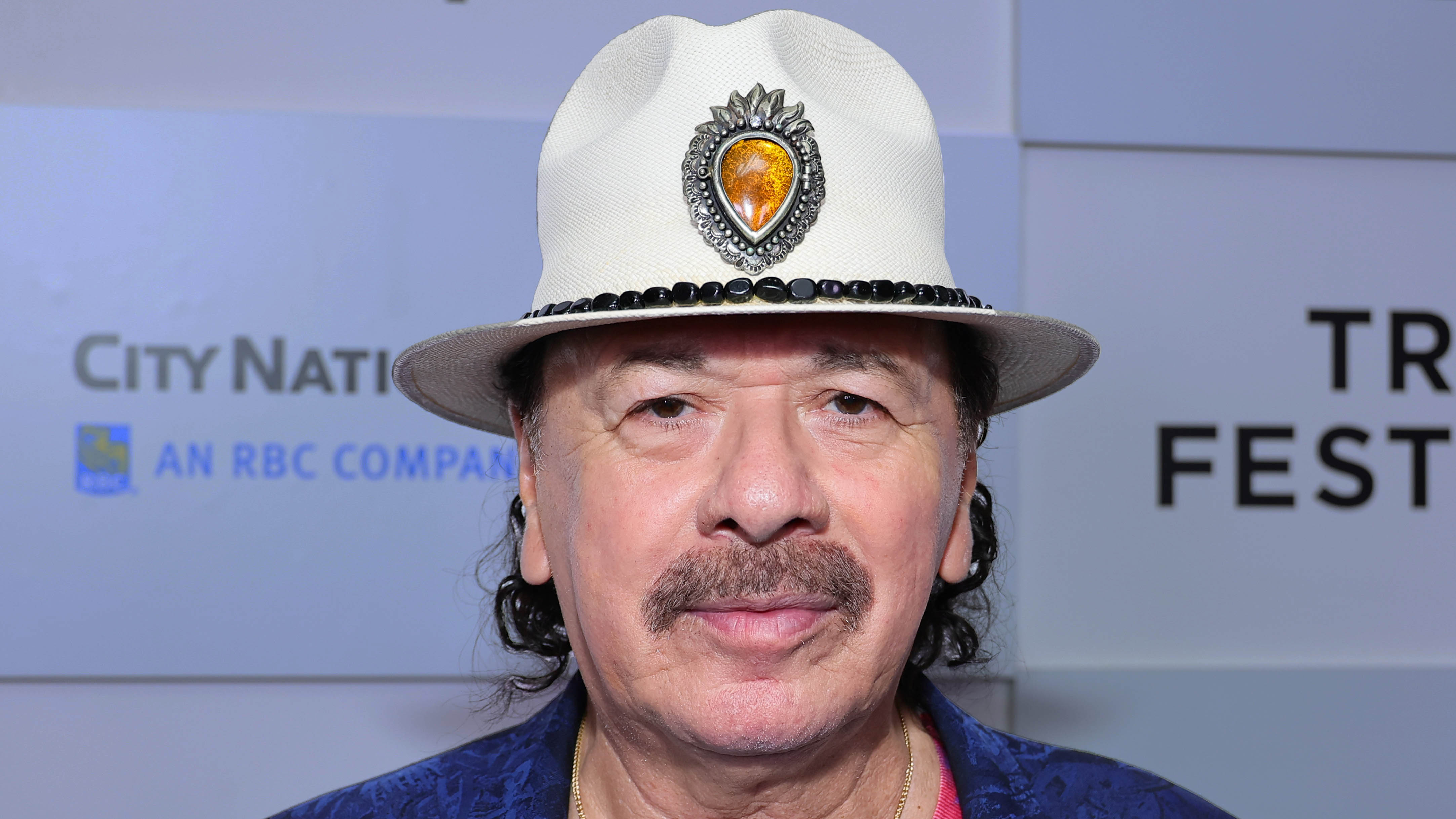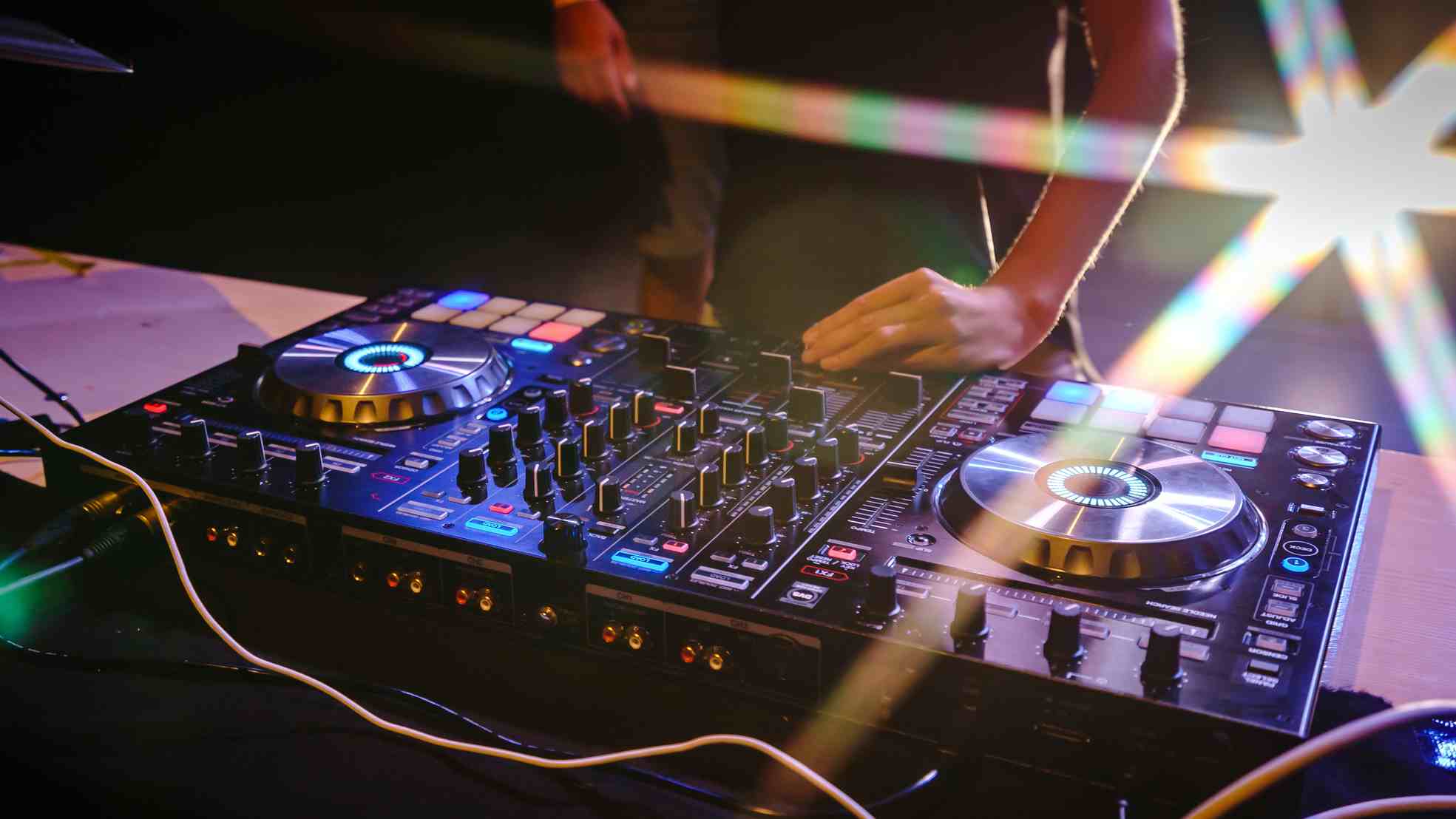Ray Volpe: “Sometimes I won’t touch Ableton for two months, then I’ll be in there every day for 14 hours a day cranking out four crazy ideas back to back”
We caught up with bass music titan Ray Volpe to discover how he assembles his brand of crowd-pleasing ultra-bangers fully in-the-box…
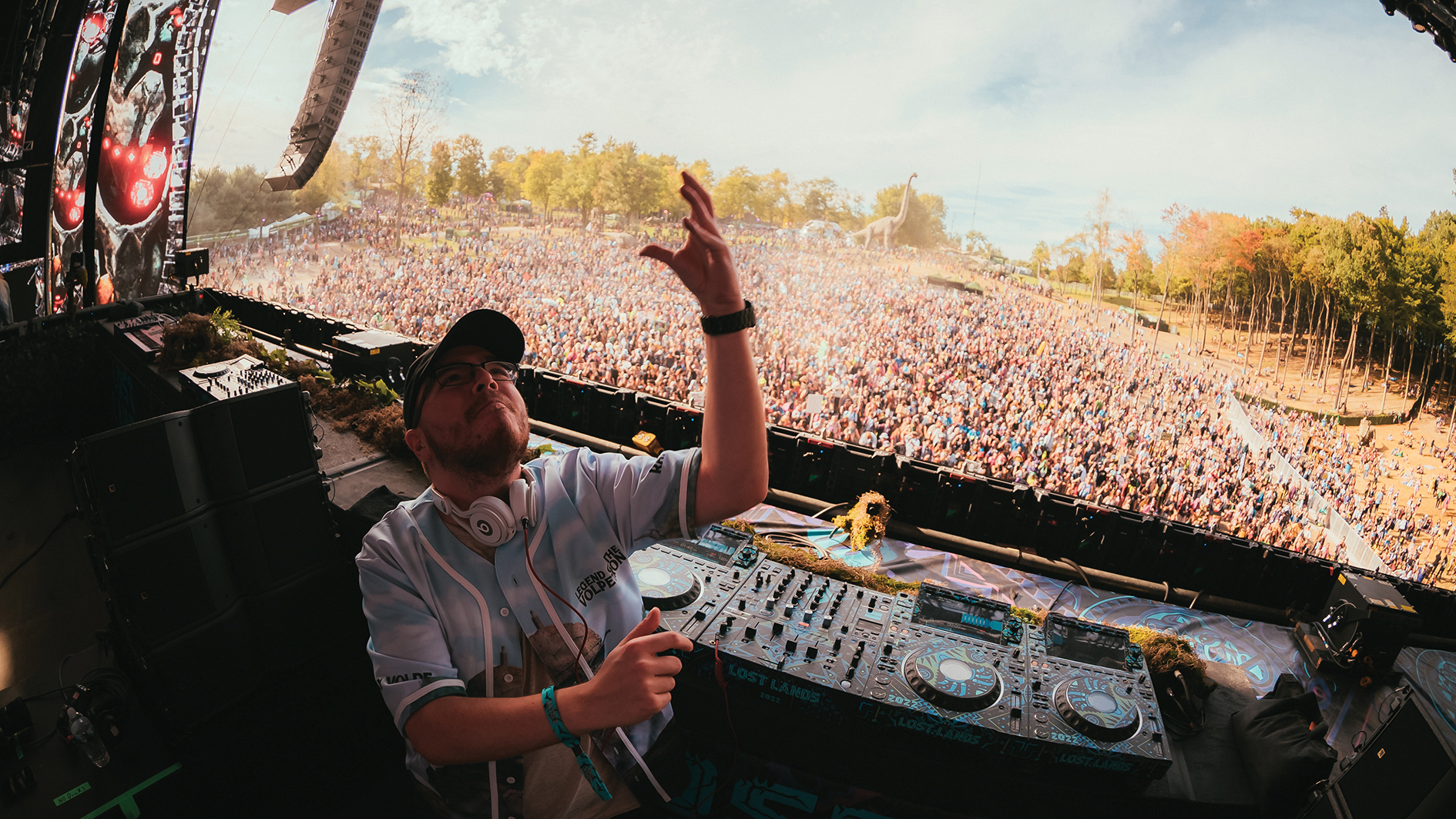
First rising to prominence with the extraordinary Laserbeam in 2022 (that year’s most played dubstep track according to the 1001 Tracklists database), Ray Volpe has continued to launch increasingly seismic dubstep-flavoured cruise missiles, most notably the extraordinary SEE YOU DROP earlier this year.
Riding high on scooping the Best New Artist at last year’s Electronic Dance Music Awards and the phenomenal success of his ‘Volpetron Ascends’ tour (which included 13 sold-out shows), we grab Ray to have a chinwag about his process, his journey, and where his music might ultimately take him next…
Firstly, let’s talk about SEE YOU DROP, it’s got such a characteristically full-on sound. How did the track first develop in your mind?
“I started writing the second drop first in London, late February 2023. It was my week off leading into Rampage festival in Belgium, where I knew I had to come out swinging with something special for that set. I made the second drop and opened with it, to an awesome response from the crowd which felt amazing to have that acceptance from them.
“I felt it was more of a second drop in terms of the flow so I immediately worked backwards, trying to figure out how to make something less in your face and more ‘me’, which is more catchy for a first drop. Originally, I had used vocals from Savage’s Swing on top of the first drop but I quickly realised so many of the newer EDM fans have no idea what that song is. That version was definitely meant to be played live but it sort of backfired as no-one would sing along to that one.
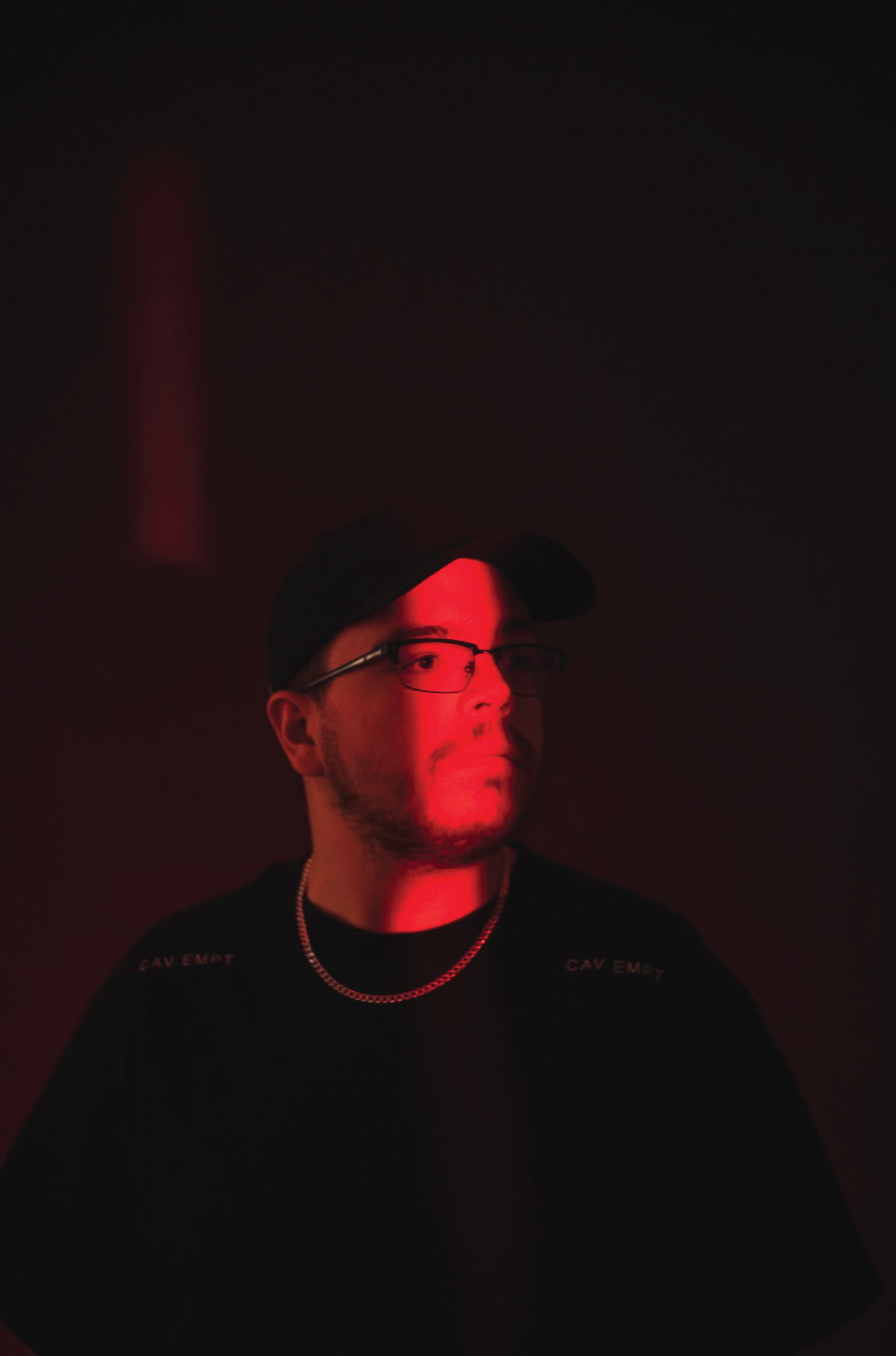
“Fast forward to maybe June, and I started sample searching and found the full sample from what you hear today. It’s a full phrase but I chopped it up to give it a little catchy melody that’d be easy to get stuck in your head after a bit. I think the extended fake out really made it catchier too – when you first hear it you don’t really expect it to go that long and the little chopped ‘drop drop drop’ melody just keeps going and going. It worked out really nicely in my opinion.”
I think having a structure is good at times to create things, but I also think having a more chaotic approach where nothing is planned can lead to fun results
How would you typically first approach writing new tracks? Do you start with beats or with melodic/sonic elements?
Get the MusicRadar Newsletter
Want all the hottest music and gear news, reviews, deals, features and more, direct to your inbox? Sign up here.
“This process is always changing for me. Sometimes I start with a drop, sometimes I start with a vocal melody. It really depends on what I’m feeling that day inside of the DAW. I think having a structure is good at times to create things, but I also think having a more chaotic approach where nothing is planned can lead to fun results.
“I learn more that way personally. It’s just easier for me to let things out when it feels natural, more than feeling like I have to make a chord progression to start. It feels more like work that way, ya know?”
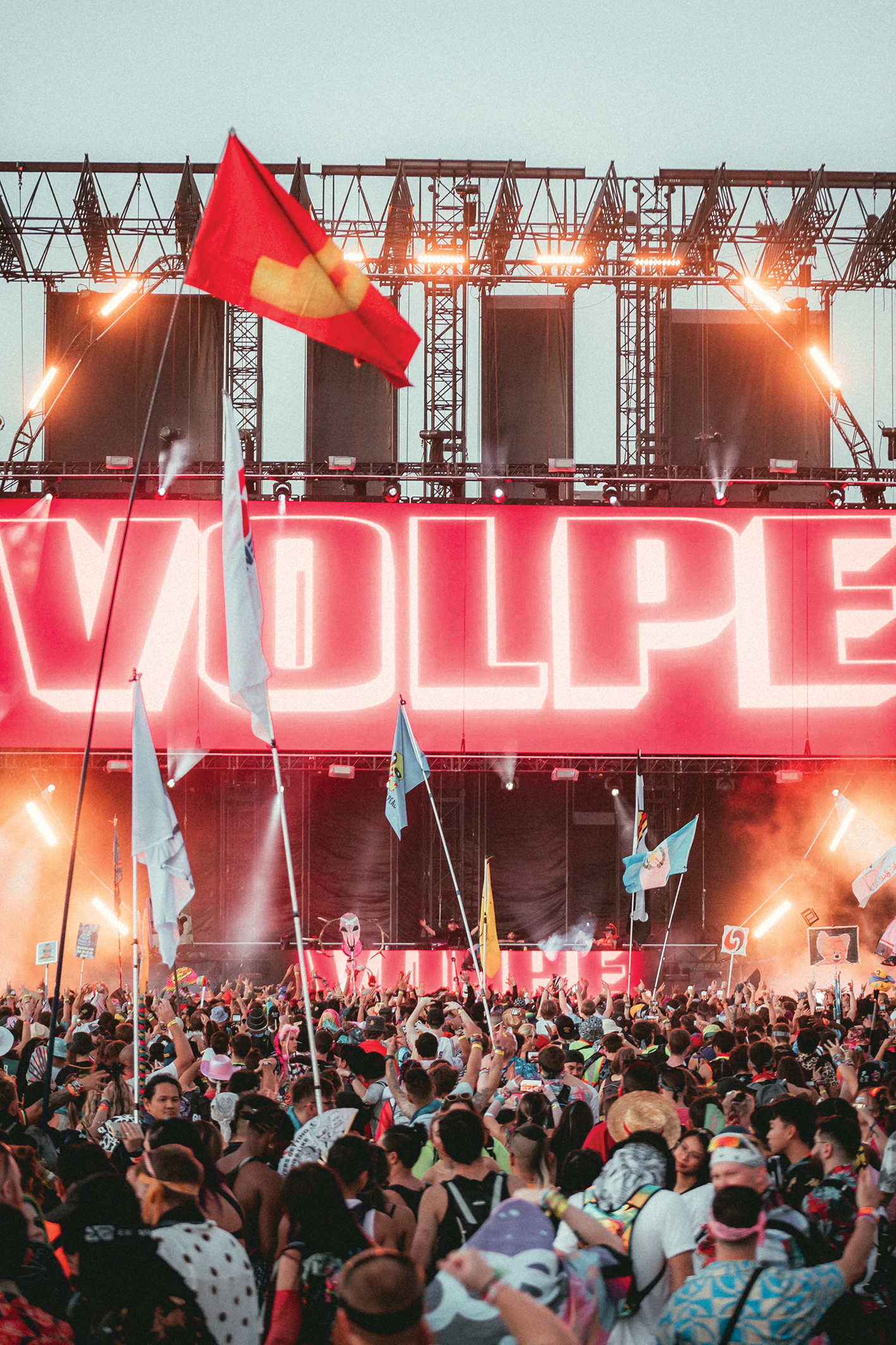
How did your music-making career first begin? Who were your influences and what technology did you use in your early days?
“I started making music in 2010. I was only 12, almost 13 years old. I come from a video editing background. I had been making video content online over various anonymous accounts since I was nine or so. Stop motion content, tech tutorials, graphic design videos, and video game montages. The montages were usually to Call Of Duty clips, and EDM was the primary music for that community. It made me fall in love with the genre and I immediately wanted to explore the creative side of it and how to make it.
“I love knowing how things are made, in any field really. I started in FL Studio but quickly moved to Ableton Live within a year as it was very similar UI-wise to Adobe video editing software which I was already super familiar with. A lot of the montages that got me inspired were soundtracked by names like Skrillex, Crookers, Tha Trickaz, Dubsidia, Big Chocolate, etc. Some throwbacks in that list!”
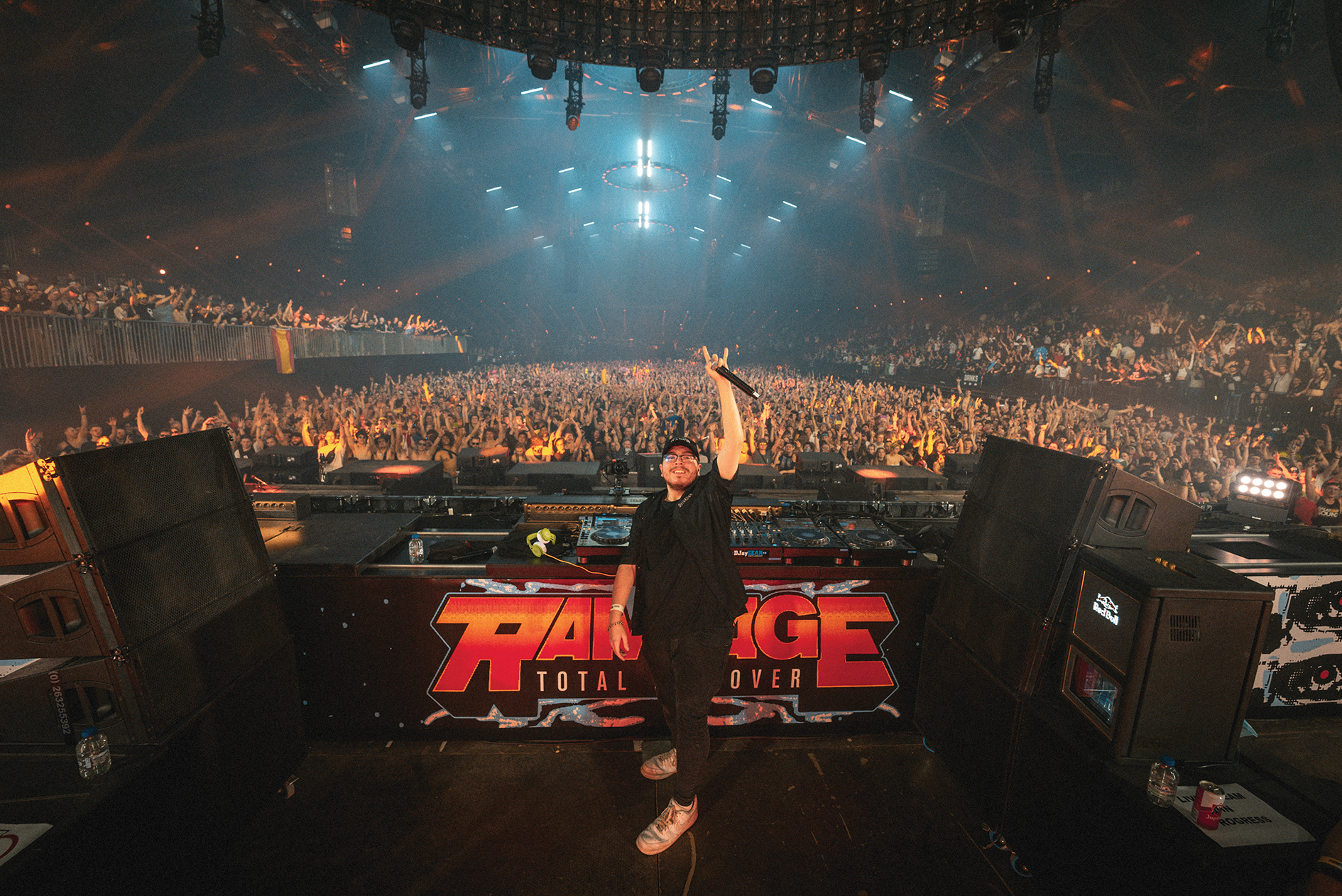
We first became aware of you with the awesome Laserbeam. How did the success of that track change things for you, and did it affect how you approached writing at all?
“It changed every aspect of my life. It opened a lot of doors that were never open before. I got to finally play so many festivals for the first time, it connected me with so many artists outside of bass music that I never thought I’d ever talk to. It quickly made me realise how terrible I am with stress and time management too – I thought I was stressed out before Laserbeam, but I had it so easy. It made me reevaluate my priorities and start being really picky about every move we made from there.
“Some people say (and it’s already somewhat of a hot take to say) that it’s not hard to get the momentum, but it’s hard to maintain it. I believe it. Every day my team and I just try to see how we can continue down a genuine path while also keeping the buzz alive for the project. I still approach music the same way though, nothing has changed there. I try not to because then I’ll just get in my own head about making Laserbeam 2 or 3 or so on. It’s normal for sure, I had that [tendency to stress] for the first six months or so, then quickly realised I need to shift that mindset if I actually want to do this.”
What is your DAW of choice and why?
“I use Ableton Live. I’m in 12 Suite right now. I love it. It was natural for me to pick this one, coming from video editing it felt similar enough in how things are placed around the program with the timeline and panels.”
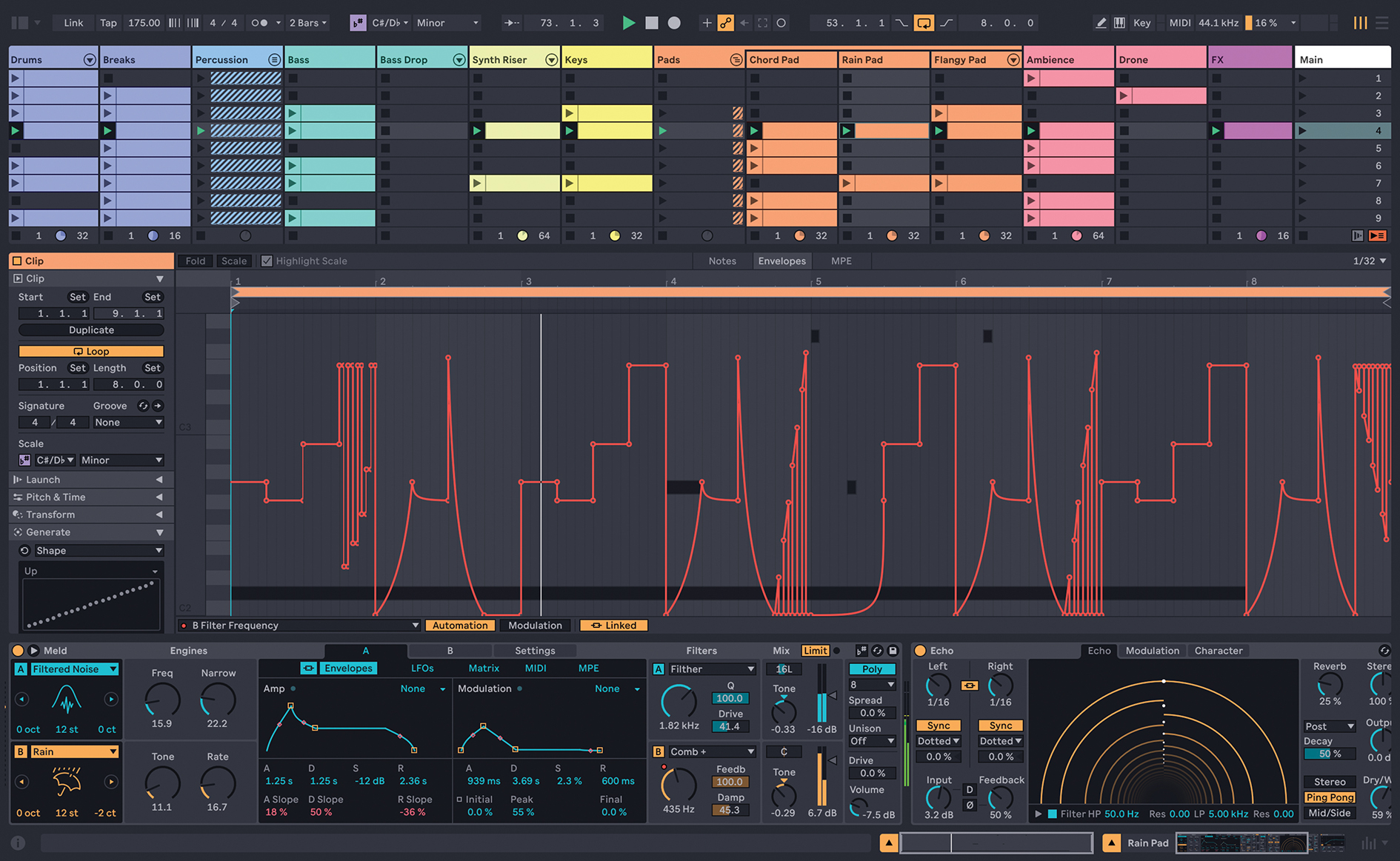
What synths are your particular go-tos for bass?
“I stand by Serum for everything bass-wise, with a little bit of Sonic Charge’s Synplant as well. A lot of people use Vital and some others too but I just like sticking to what I know, I’m a bit stubborn that way. I’ll probably expand eventually – it takes me a while!”
What do you use in terms of plucks and pads and the wider synthesiser palette elements?
“I use synths like VPS Avenger and Spire for pads, plucks, etc. Then for ‘real’ instruments like guitar, drums, etc, I write a lot of metalcore and stuff like that on the side, so I’m super Kontakt Expansions-heavy.”
Do you prefer writing in software or using hardware – and is there a difference between the two?
“I have actually never worked with any hardware before. It might be due to my beginnings – coming from the super low side of a middle-class family (hardware is expensive!). Also, I started so young and was a nerd for computers and software so much. I don’t see myself ever really going in the hardware direction in the future.”
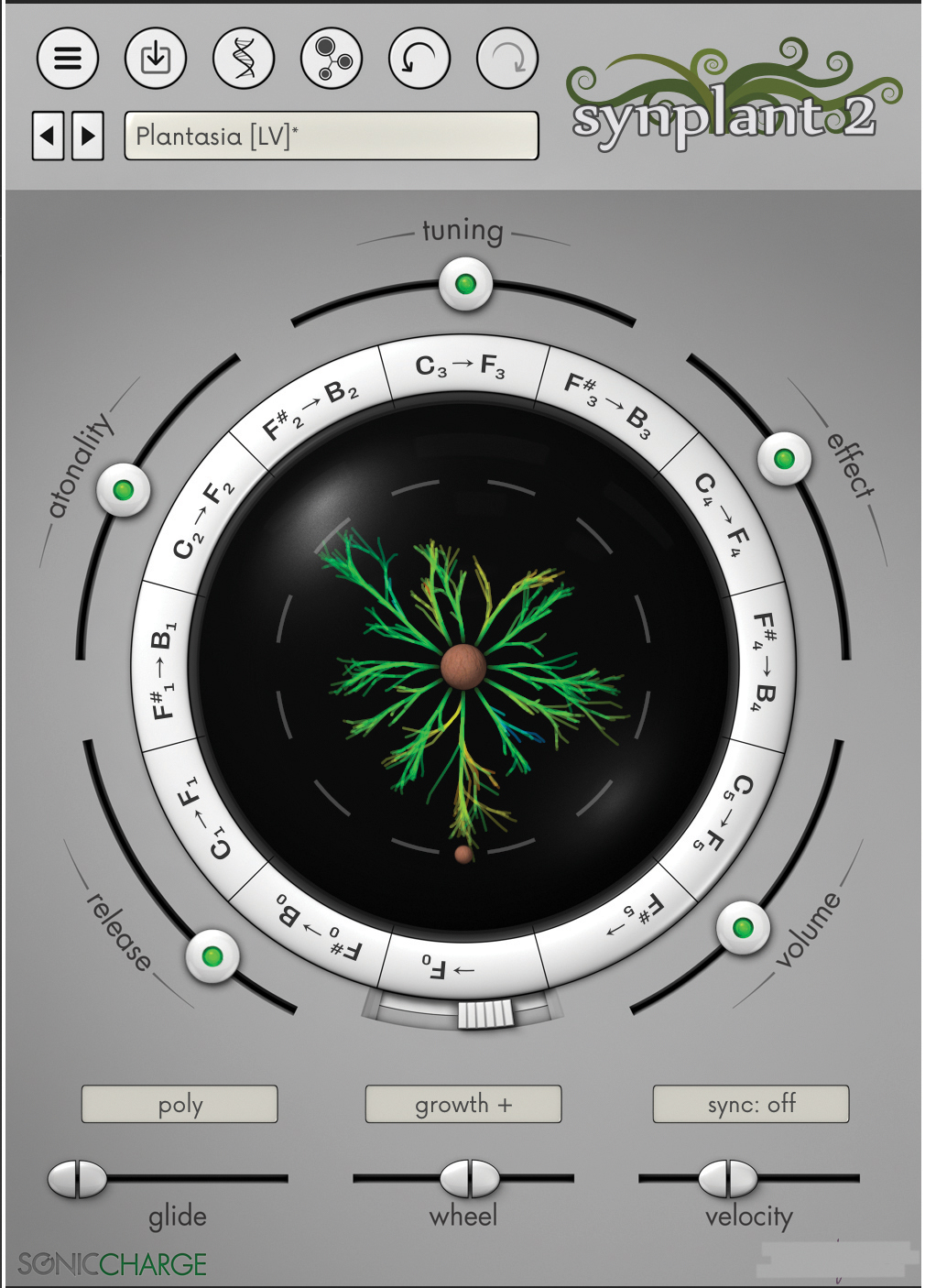
How long do you typically spend in the studio? And what is your approach to mixing?
“I spend as much time or little as needed. I don’t give myself a schedule. I let everything come out naturally. Sometimes I won’t touch Ableton for two months, then I’ll be in there every day for 14 hours a day cranking out four crazy ideas back to back. It really depends on a lot of factors. It’s all about the right moments for me and feeling motivated. I mix as I go, I know where my subs need to be, my kicks, etc, so I just do it all as I produce and I have the master on throughout that process too, so everything is always in a playable state.”
How conscious are you of social media and audience reaction, and does feedback help you to decide what types of track to write and play?
“Social media is incredibly important to me. A lot of artists don’t take it seriously enough, or feel like they shouldn’t rely on it. It’s the wrong way to go about it. If you’re posting an ID to your socials, and everyone is eating it up, you know you have something special on your hands. At the same time, I’ve posted countless clips online where it gets little to no reaction, those are songs I know should sit on the backburner for a bit and either rework or scrap entirely etc.
“It’s an incredible tool to gauge reactions. Make music for yourself, of course, not for social media, but you should use that tool in front of you. It’s a real-time crowd as if you were DJing at a show but 24/7 in your pocket on your phone or at your desk on your laptop.”
Do you enjoy collaborating with other artists, and what are the benefits of that process?
“I love collaborating with friends! I don’t do it enough, mainly due to schedules never aligning properly between the two of us. There’s the obvious benefits, like merging fanbases/demographics and growing as an artist, but there’s also smaller and more impactful personal benefits like making life-long friendships in the industry. Kayzo and I were always friendly with each other but really clicked during our time together on his tour [which Ray opened].”
Where do you prefer to be? In the studio or on stage?
“I love them equally. I try to make sure the performances are high quality with the music selection, visuals, and my energy on the stage. At the same time, I love creating so much. Making music is what I was born to do. I can’t pick one to be honest!”
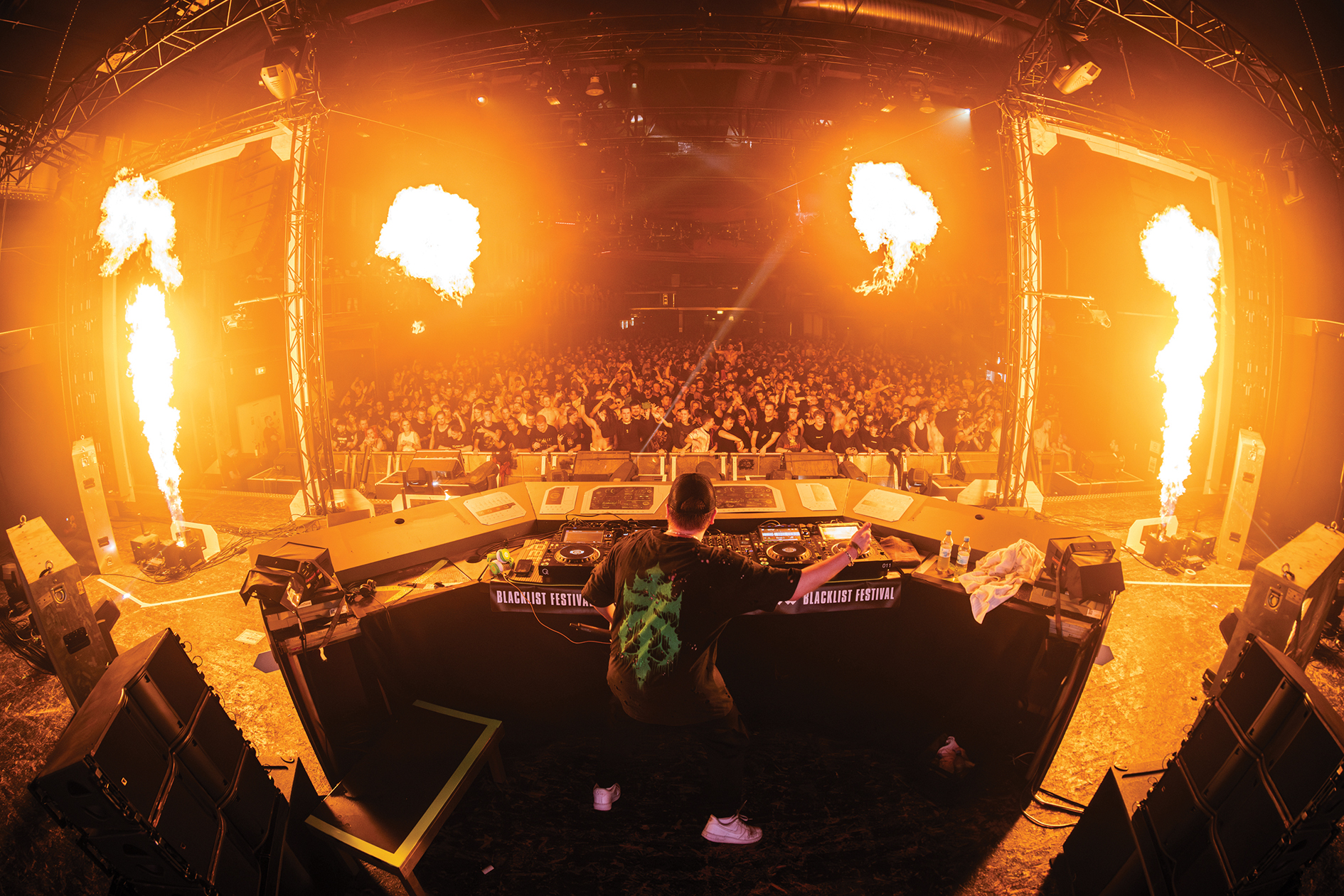
Do you think that we’re due a commercial dubstep resurgence? It’s been over a decade since its ‘mainstream moment’…
“I think so, but not in my area specifically. The underground runs the direction of everything, and we’re in a very UKG world right now over there. Skrillex and Fred Again won a Grammy for Rumble which is super old school and has that UK influence, that’s definitely the next phase of mainstream dubstep.
“In terms of this super accessible and super ‘EDM’-sounding dubstep, only a few of us push this very commercial sound in my opinion, with Crankdat and Eptic being two off the top of my head, and I would definitely love to hear more artists trying to push this specific sound back.”
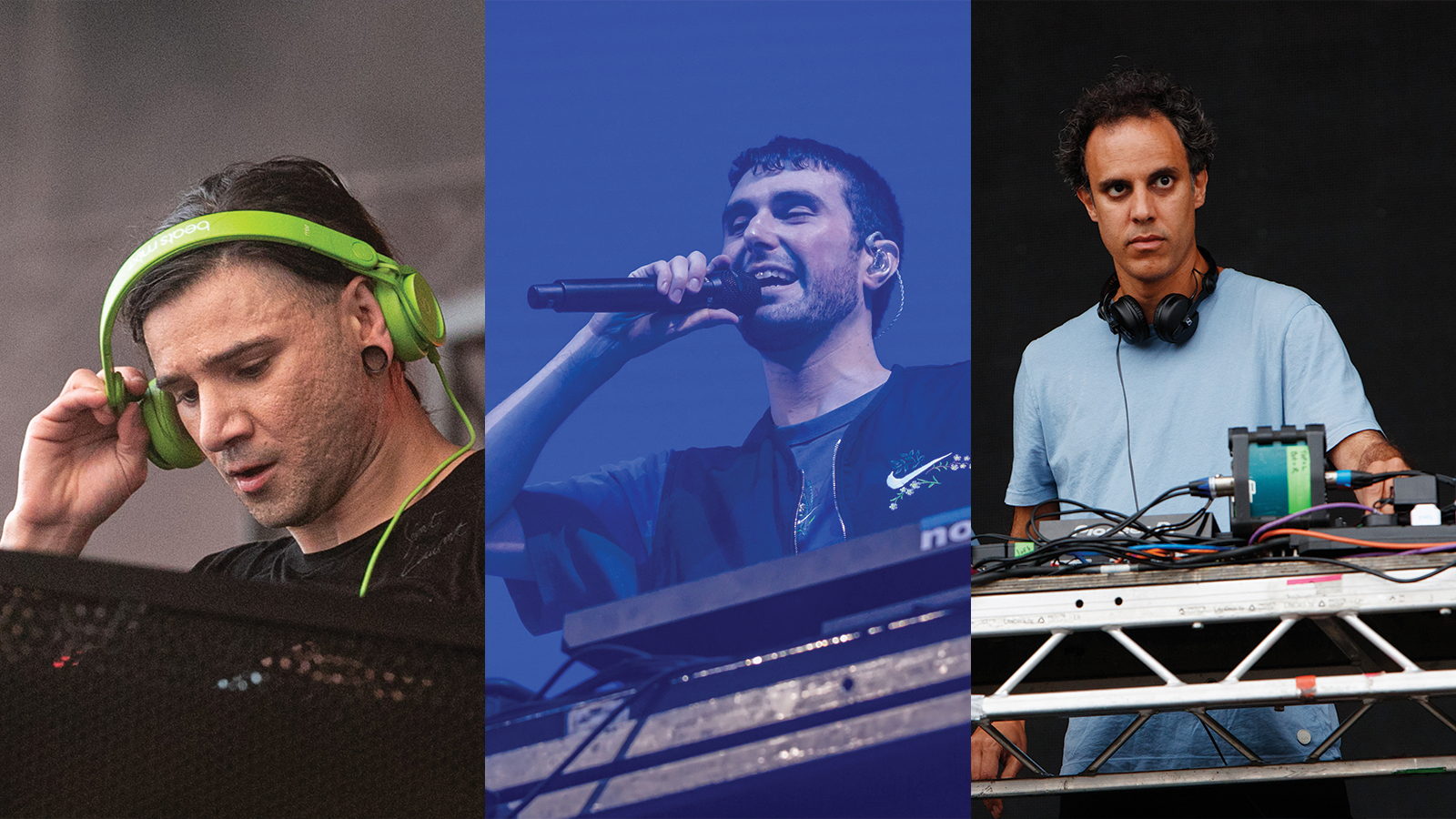
Skrillex shares Fred again.. and Flowdan collaboration "Rumble"
What advice would you give out to anyone who was wanting to follow in your footsteps?
“Plan everything, but at the same time be ready to pivot. Consistency is the key and you should use social media to your advantage. Adapt or sink. These are all small, simple, but powerful pieces of the puzzle. Also, never give up. I was told my project was dead and came back further than anyone in the industry would have imagined. You can do this.”
What’s next on the agenda for you and your music, Ray?
“We’re currently planning the visual side of my next headline tour project. It’s more than just a standard set, and definitely something that I’m really excited about. I can’t say much more about it outside of the fact that they will include my biggest headline rooms yet. I can’t wait!”


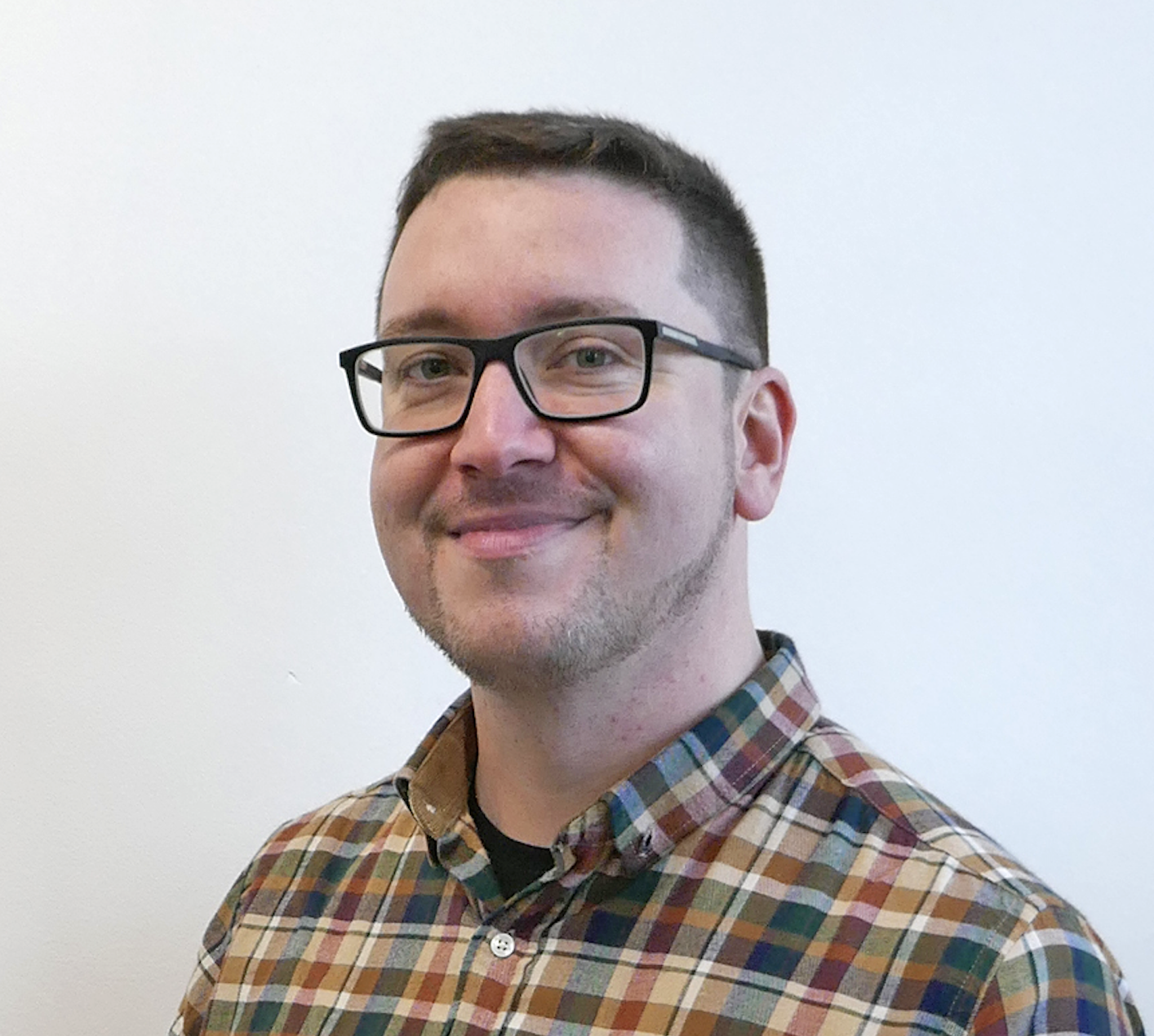
I'm the Music-Making Editor of MusicRadar, and I am keen to explore the stories that affect all music-makers - whether they're just starting or are at an advanced level. I write, commission and edit content around the wider world of music creation, as well as penning deep-dives into the essentials of production, genre and theory. As the former editor of Computer Music, I aim to bring the same knowledge and experience that underpinned that magazine to the editorial I write, but I'm very eager to engage with new and emerging writers to cover the topics that resonate with them. My career has included editing MusicTech magazine and website, consulting on SEO/editorial practice and writing about music-making and listening for titles such as NME, Classic Pop, Audio Media International, Guitar.com and Uncut. When I'm not writing about music, I'm making it. I release tracks under the name ALP.
“The most musical, unique and dynamic distortion effects I’ve ever used”: Linkin Park reveal the secret weapon behind their From Zero guitar tone – and it was designed by former Poison guitarist Blues Saraceno’s dad
“Nope, it’s real”: Jack Black and Keanu Reeves both confirmed for upcoming Weezer movie
